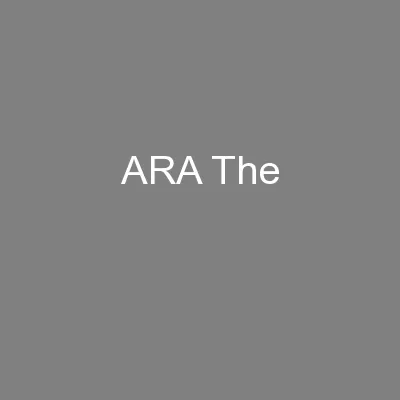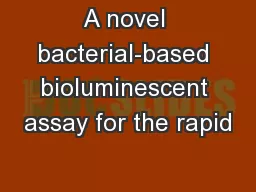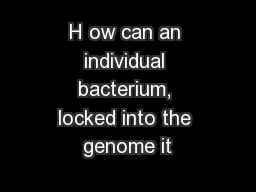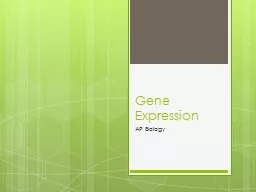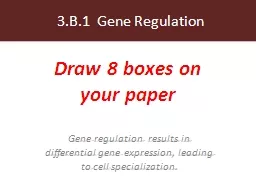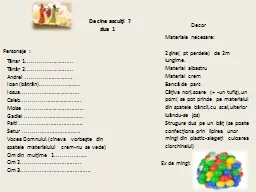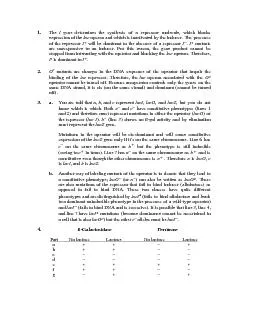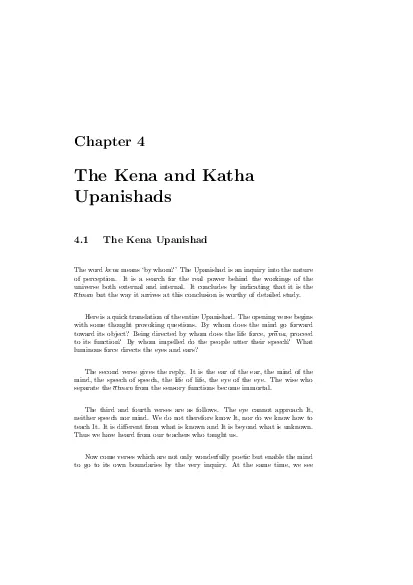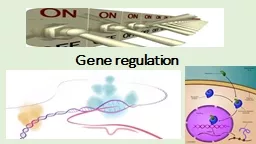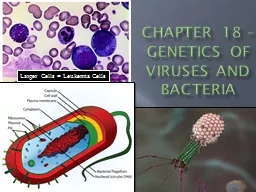PPT-Ara operon The ara BAD
Author : gabriella | Published Date : 2023-07-22
Operon Is Both Positively and Negatively Controlled by AraC E coli can use the plant pentose L arabinose as sole source of carbon and energy Arabinose is metabolized
Presentation Embed Code
Download Presentation
Download Presentation The PPT/PDF document "Ara operon The ara BAD" is the property of its rightful owner. Permission is granted to download and print the materials on this website for personal, non-commercial use only, and to display it on your personal computer provided you do not modify the materials and that you retain all copyright notices contained in the materials. By downloading content from our website, you accept the terms of this agreement.
Ara operon The ara BAD: Transcript
Download Rules Of Document
"Ara operon The ara BAD"The content belongs to its owner. You may download and print it for personal use, without modification, and keep all copyright notices. By downloading, you agree to these terms.
Related Documents



